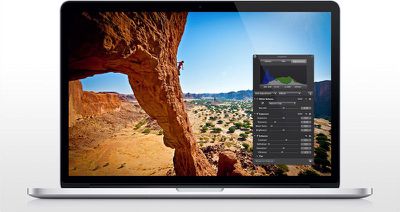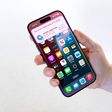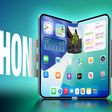Apple is fighting Right to Repair initiatives in California by telling lawmakers that consumers could hurt themselves attempting to repair their own devices, reports Motherboard.
Over the course of the last few weeks, an Apple representative and a lobbyist for ComTIA, a trade organization representing major tech companies, have been meeting with legislators in California with the aim of killing right to repair legislation that would make it easier for customers to repair their own electronics.
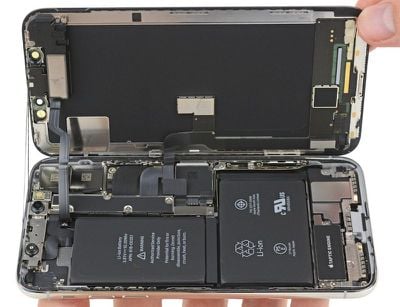
The pair have met with members of the Privacy and Consumer Protection Committee, which held a meeting on a right to repair bill this afternoon. Apple told lawmakers that customers could potentially injure themselves by accidentally puncturing the batteries in Apple devices during attempted repairs.
The lobbyists brought an iPhone to the meetings and showed lawmakers and their legislative aides the internal components of the phone. The lobbyists said that if improperly disassembled, consumers who are trying to fix their own iPhone could hurt themselves by puncturing the lithium-ion battery, the sources, who Motherboard is not naming because they were not authorized to speak to the media, said.
Apple has continually lobbied against right to repair legislation across multiple states. Such legislation would require companies like Apple to provide repair parts, tools, and make repair information available to the public.
Apple devices are notoriously hard to repair given the small, proprietary components and large amounts of adhesive, with repair site iFixit giving Apple products almost universally low repair scores.
Still, the difficult repairability has not stopped thousands of small independent repair shops from making iPhone repairs. Nathan Proctor, director of consumer rights group US PIRG's right to repair campaign, told Motherboard that suggesting there are safety concerns related to spare parts and manuals is "patently absurd."
"We know that all across the country, millions of people are doing this for themselves. Millions more are taking devices to independent repair technicians," he said.


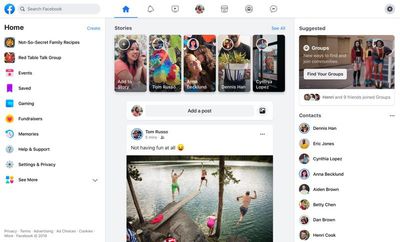
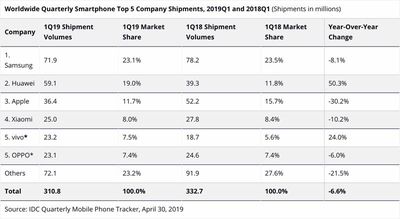
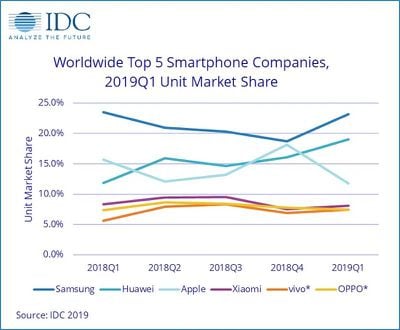

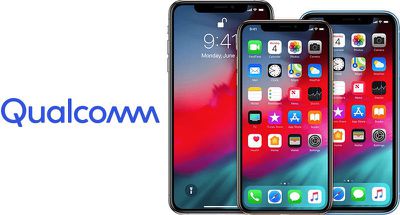
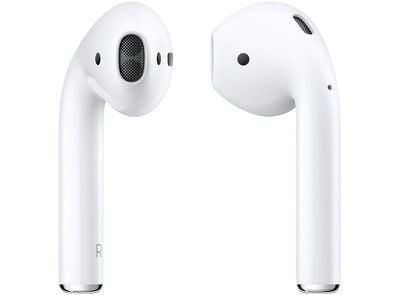
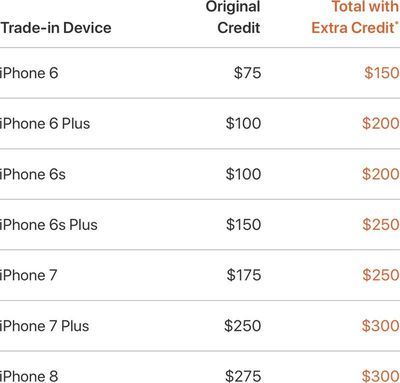
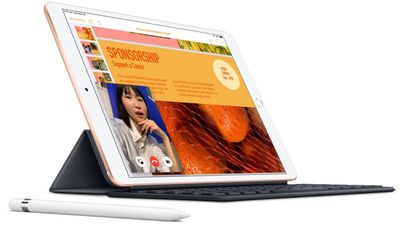

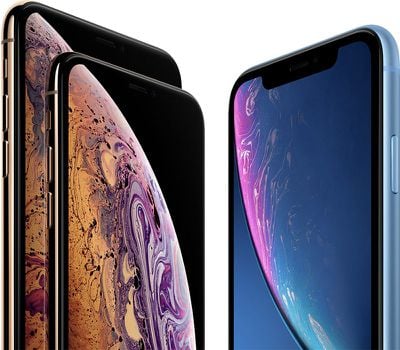
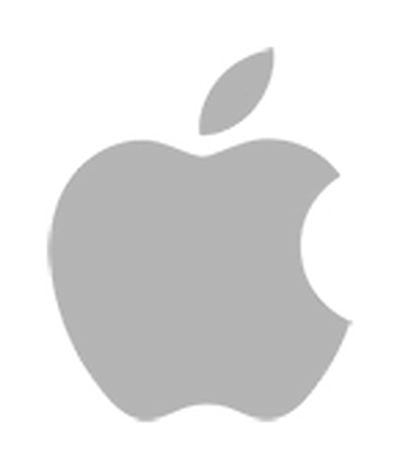 Apple today
Apple today 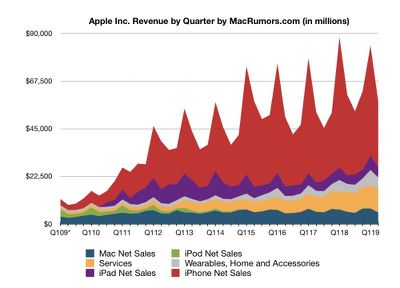
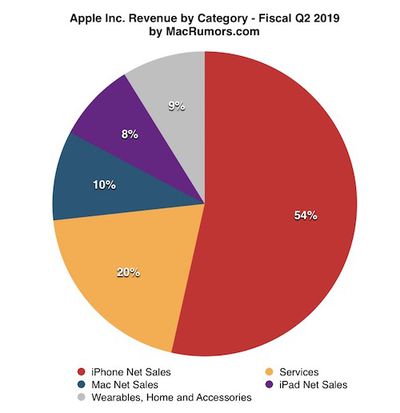

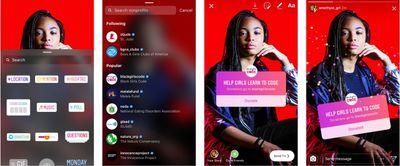
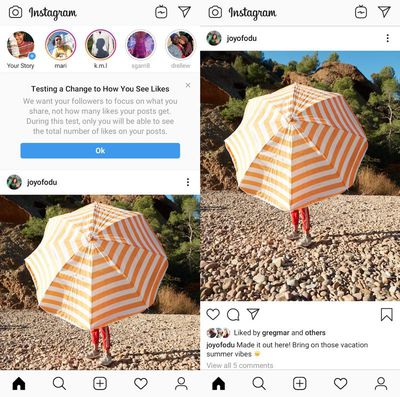
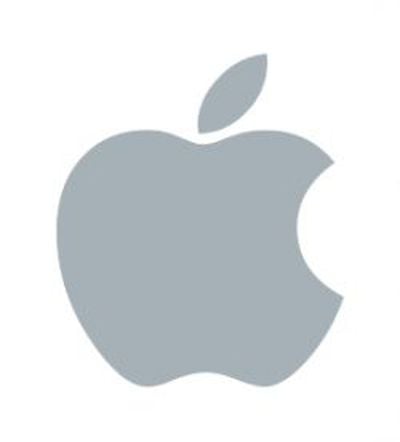 Apple is set to report its earnings results for the second quarter of its 2019 fiscal year at 1:30 p.m. Pacific Time today.
Apple is set to report its earnings results for the second quarter of its 2019 fiscal year at 1:30 p.m. Pacific Time today.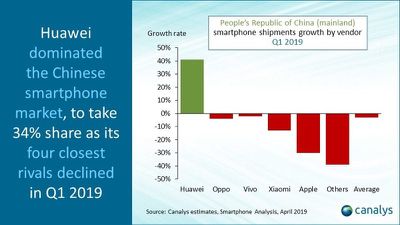
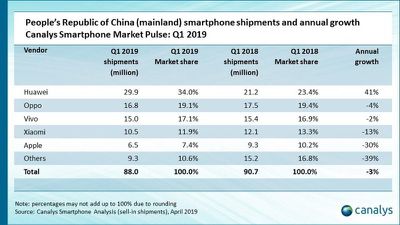
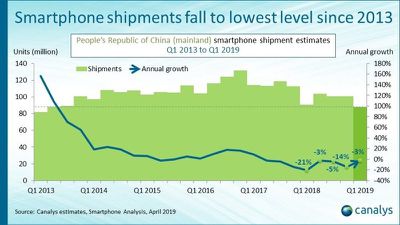

 Note: MacRumors is an affiliate partner with Best Buy. When you click a link and make a purchase, we may receive a small payment, which helps us keep the site running.
Note: MacRumors is an affiliate partner with Best Buy. When you click a link and make a purchase, we may receive a small payment, which helps us keep the site running.